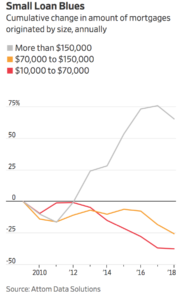DTN writer Todd Neeley reported last week that, “A federal court Friday denied a motion for an injunction against EPA from approving additional small refinery waivers, using what the agency said is a new process for issuing those waivers to the Renewable Fuel Standard.
“One year ago, the Advanced Biofuels Association petitioned the U.S. Court of Appeals for the District of Columbia Circuit, asking for a review of those waivers to the RFS that to-date, have totaled about 2.6 billion gallons of biofuels not blended in gasoline.
“The ABFA on March 6, 2019, filed a 97-page brief with the court alleging the EPA broke away from RFS requirements for granting small-refinery waivers starting in May 2017 and continued to deny a congressional order regarding which refiners qualify.”
The DTN article stated that, “During the week of May 7, 2019, EPA argued the group waited too long to file for an injunction.
“A partially redacted document filed by the ABFA in March shows the EPA originally was allowed to grant temporary, two-year, exemptions starting in 2005. In recent years, however, the agency granted exemption extensions beyond two years — including a refiner that never received a prior exemption.
“The EPA approved waivers for small refiners that didn’t have the minimum U.S. Department of Energy score to qualify, the brief said, and improperly considered the debts of small-refiners’ parent companies when examining waiver requests.”
Mr. Neeley added that, “The Advanced Biofuels Association has argued that falling prices of Renewable Identification Numbers, or RINs, in 2017 was caused by waivers granted.
“EPA argued in its response that the falling prices are not evidence of waivers granted.
“The agency granted 53 waivers for 2016 and 2017, and 39 pending waiver requests for 2018.”


